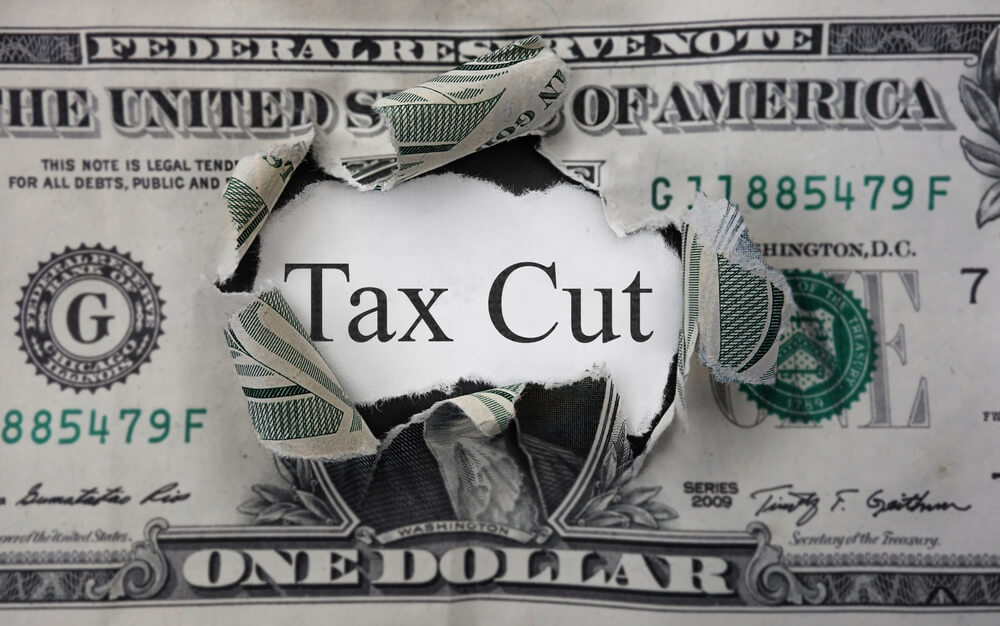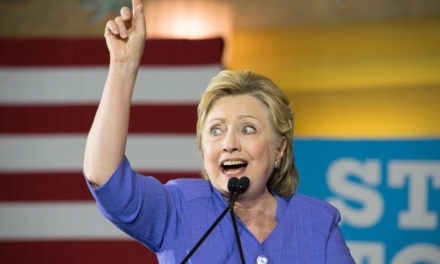Once again the Trump administration is exploring if the president can and should work toward a middle-class tax cut, down to a 15% tax rate, as a way to sell Republicans’ economic agenda as not merely benefiting the rich, which is how the Tax Cuts and Jobs Act has largely been portrayed.
Earlier this month, economic adviser Larry Kudlow said the administration was working on “Tax Cuts 2.0,” and it wasn’t the first time the idea of a middle-class tax cut had been floated. Just before the 2018 midterm elections, Donald Trump said he was working on a way to cut taxes for the middle class by up to 10% if the American public would vote Republican.
The ploy, which Republicans in office at the time said they knew nothing about, didn’t work as Democrats took back a majority in the House of Representatives.
But leading up to the 2020 elections, Trump would assuredly like to drum up support with another big tax cut, as unlikely as it getting passed seems.
“This is kind of a new rendition of an older story. We’re calling it ‘Tax Cuts 2.0,’” Kudow said on Fox Business on Nov. 1. “The president has referred to it and we’ve spoken about it. This is something we’re working on, right now it’s informal and I don’t really have anything to report (yet).”
Slashing the tax rate to 15% for middle-income earners would lower taxes by hundreds of billions of dollars, according to “budget experts” cited by The Washington Post, which broke the latest tax cut story. Doing so would put more money in the pockets of the people, but would also further add to the already exploding national debt, which is just shy of $23 trillion.
The Tax Cuts and Jobs Act of late 2017 has already added $1.5 trillion to the national debt, and it seems unlikely a Democrat-controlled House would allow Trump to cut taxes again.
However, Kudlow toed the company line Tuesday.
“(Trump) wants to afford as much relief and simplicity as possible for middle-income taxpayers,” he said.
Among the ideas that have been discussed aside from slashing the tax rate to 15% are a payroll tax cut, changing how capital gains are taxed, or reducing the number of tax brackets from seven to three or four, according to former Trump Fed nominee Stephen Moore, who helped write the 2017 tax law.
The current tax brackets are: 10%, 12%, 22%, 24%, 32%, 35% and 37%.
The 22% rate is in effect for single Americans earning more than $39,000, while the 32% rate is for single Americans making more than $160,000. Moore said the plan would likely bring those who earn between $30,000 and $100,000 down to the 15% rate.
According to an unnamed source in the Washington Post, the likelihood of a payroll tax is very small because of how that would affect Social Security financing, which will run a budget shortfall by 2034.
Kudlow said on CNBC on Tuesday he likes the idea of a 15% tax rate for the middle class.
“I don’t know, sounds like a pretty good idea to me. But I’ve got to consult with a lot of people, and I’ve got to get the president’s sign-off before anything comes out … . Those conclusions will not come for many months.”
Moore is pushing for a plan that would allow capital gains to “roll over” tax-free if they were reinvested into another stock and not cashed out.
Another idea that sounds amazing for savers is to allow what you save each year to be deducted from your income tax.
Editor’s note: What do you think about the tax-cut ideas being floated? Is Trump merely trying to “bribe voters,” as economist Peter Schiff said on Twitter following the news? Are the tax cuts even plausible considering Democrats control the House? Share your thoughts below.
Trump’s plan to bribe middle class voters with taxes cuts is a fraud, and just the Republican version of a free lunch. With record budget deficits, the only way to ease the burden on the middle class is to cut government spending. Larger deficits will make that burden heavier!
— Peter Schiff (@PeterSchiff) November 13, 2019




